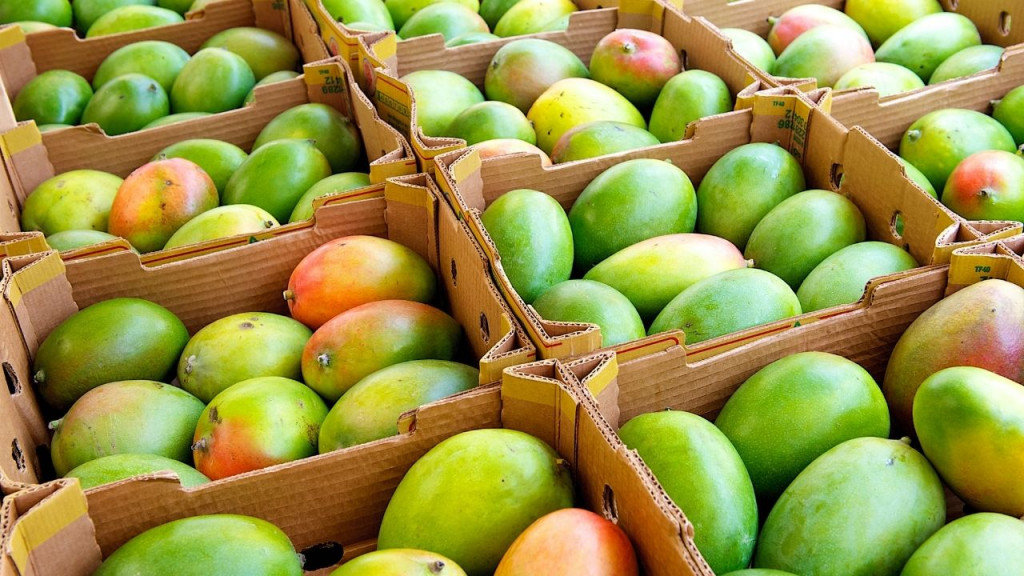Why are mangoes season special?
Introduction:
For many of us, summers are associated with savoring mangoes while the juices drip off our chins. With the innumerable varieties of mangoes available in India, one thing that doesn’t change across platforms is its incredible sweetness that has all of us craving for more.
Nostalgic sweet summers: How are you oh so sweet?
Have you ever pondered about the factors that makeup these succulent, sweet mangoes? Most of us have a preconceived notion that ripening determines the taste of the mango, but studies have shown that other aspects play a vital role as well. Listed below are the factors that determine the sweetness and quality of the mango.
How do you judge a mango’s quality and taste?
The parameters that are assessed when considering a mango’s quality are its intrinsic and extrinsic factors. The intrinsic factors are sweetness, acidity, aroma, shelf life and nutritional value, whereas the extrinsic factors are color and size. Assessing a fruit is a complex process and it is incredibly difficult to consider each one of the environmental influences that has the ability to affect the growth.
From the beginning to the end, it matters.
Pre-harvest practices are influenced by environmental factors and they determine the mango’s sweetness and quality. The pre-harvest factors that affect the end quality of a mango are light, temperature, water and carbon availability and these can be modified using techniques like tree pruning, fruit thinning, and irrigation management. Water availability has been found to impact postharvest maturation, thereby leading to a change in the mango quality.
Ripe mangoes, you are the king!
So, coming to the crux of it, what elements cause mangoes to be sweet? The taste of mangoes depends on the balance between organic acids and soluble sugars, which in mangoes are present as citric and malic acids, sucrose, fructose and glucose. Ripe Mangoes contain 15% sugars of Fructose, Glucose and Sucrose. Fructose is majorly present in unripe mangoes, whereas sucrose is the major sugar in ripened mangoes.
A little bit of everything
A crucial period in mango development is known as fruit maturation. This is a time when the metabolic changes make an impact on the quality of the mango as this changes the availability of carbohydrates. When mangoes have an intense climacteric crisis, it produces more aromatic volatiles, monoterpenes, esters, and aldehydes.
We are the reflection of the environment
Mango is known for its fleshy fruit and depending on the environment, the fruit accumulates water and dry matter accordingly, along with changes in the biochemical and mineral compounds. The dry matter of mango consists of carbohydrates, of which 60% are sugars and acids that play a main role in the fruits acidity and sweetness. The amount of carbohydrates present in the mango depends on the amount produced by leaf photosynthesis and other factors.
Conclusion
Overall, a scientific way in improving mango quality is by focusing on the pre-harvest factors and post-harvest factors. Pre-harvest factors influence the fruit growth by changing the accumulation of water and dry matter as well as the post-harvest factors. An integration of both the pre-harvest and post-harvest would be the best way to produce quality mangoes.
MangoPoint has stringent quality checks ensuring that mangoes from each farm undergo proper post-harvest management. With over 200+ mango varieties, MangoPoint is the place to order fresh mangoes, premium quality, chemical-free mangoes.

